How to: Go on a Self-iso Strawkle
There may be a time where you just can’t wait for one of our Strawkle events to dive in and do a clean up, and want to head out in the ocean yourself. Here’s a handy guide on how to conduct your own solo Strawkle.
What will you need?
There are some essential and recommended items you will need to do a Strawkle.
Essentials
Snorkel, mask and fins
Mesh bag for rubbish (produce or delicate laundry bags are great)
Towel
Recommended
Wetsuit
Glove
Small tarpaulin or mat (for debris sorting)
A pal to jump in the ocean with. Snorkelling with a friend is a must for staying safe.
The perfect location
We want you to be safe while Strawkling therefore, we recommend a site that is:
Open for swimming
Easily accessible
Calm with no swell
Has visibility better than 2 metres, 5 metres is preferable
Impacted by debris: inner harbour coves or inlets are best for this as debris floats in off boats and other coastlines directly into the area.
Where will I find debris?
There will be some that are easy to spot or floating on the surface but beyond that you will find that straws tend to be more common in the shallows and tucked into the sand along with hard plastics, glass and metal items - watch out for creatures who have made a home out of metal and plastic bottles though! If you’re not wearing gloves and they are still intact, we recommend you leave them in place as they are less likely to break down. Glass will wear down over time, however, it is made from sand so this is less of an issue.
Soft plastics, provided they’re not floating with the currents or buried, are most commonly wrapped around seaweed or seagrass. They can escape your grasp in the water so make sure once you’ve got it in your bag, that you seal the bag a little so it doesn’t escape.
If you’re lucky, or unlucky, you may also come across some other interesting items. At our 2020 Clean Up Australia Day event two sets of headphones and an iPhone charger were found among the debris.
What do I do once I’m done with my Strawkle?
It’s one thing to clean the ocean and another to document it somewhere to provide feedback to manufacturers about where their end product is ending up. This is easiest done by consulting the Tangaroa Blue Australian Marine Debris Database form, however, we Strawklers are always curious about straw types which need to be sorted separately by kind: juice box, McDonald’s, Hungry Jacks, bubble tea etc. which can be assisted by this form.
Sorting and counting where your mat or tarpaulin come in handy, but if you don’t have one, a flat surface will do just fine so long as there’s no wind - you wouldn’t want your debris to end up back in the water! Sort your debris by category then count. Once recorded dispose of the debris correctly (recycling in the yellow bin etc), and once home make sure you upload your findings to the Tangaroa Blue Database.
Feel free to take photos before, during and after your strawkle and tag us (@operationstraw or #strawklesquad) so we can share them on our social media channels.
Don’t forget, while ocean debris is a serious issue it doesn’t need to be as serious as when your mother asks you to clean your room! It’s meant to be fun and enjoyable, and something you find joy in. So have fun, stay stafe, and help us keep our oceans beautiful.



